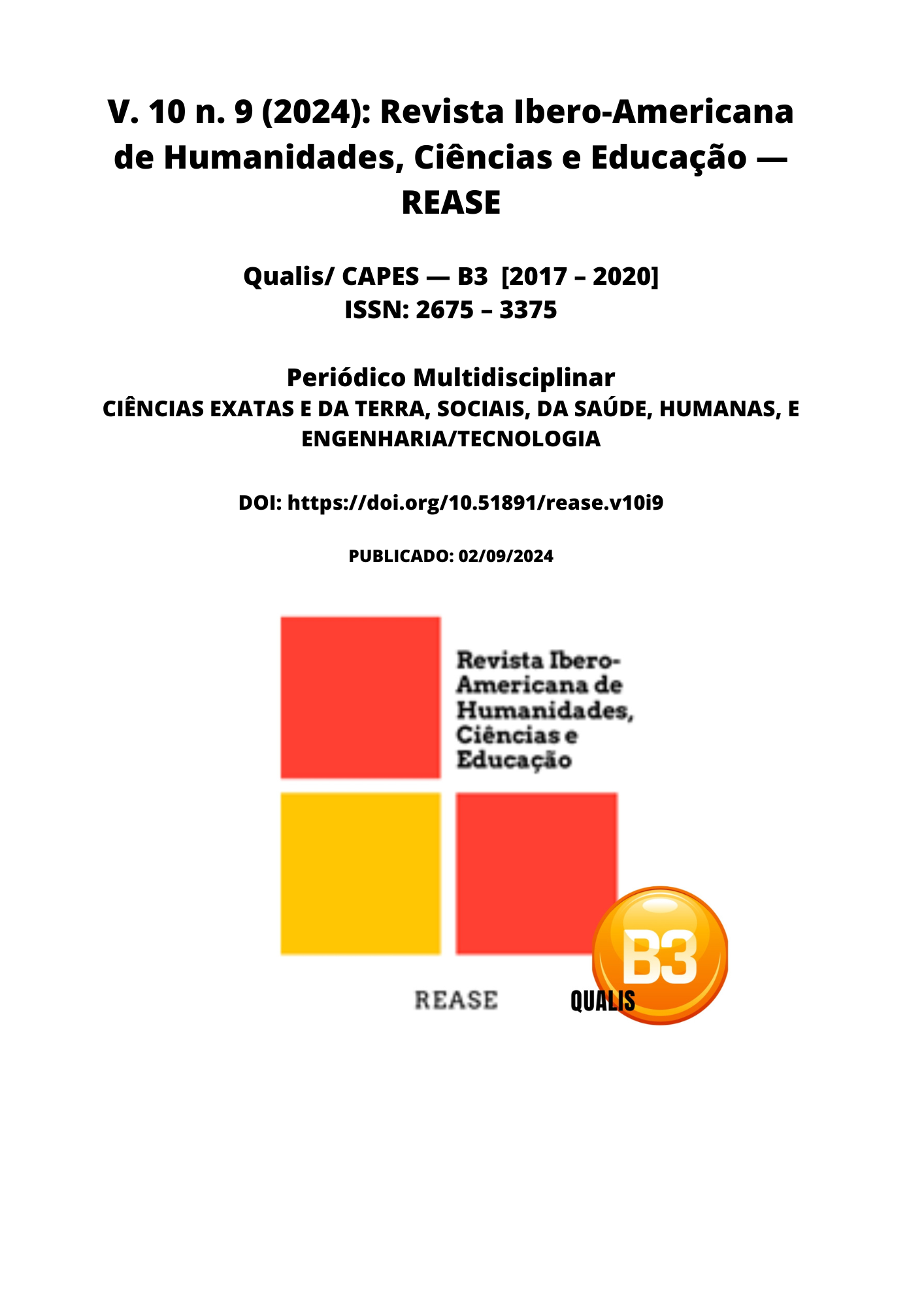MEI - FACTOR FOR REDUCING THE INFORMALITY OF MICROENTREPRENEURS
DOI:
https://doi.org/10.51891/rease.v10i9.15402Keywords:
Individual Microentrepreneur. Informality. MEI.Abstract
This article aims to analyze the impact of MEI on reducing informality among microentrepreneurs, highlighting its main characteristics and benefits. Its general objective was to analyze how the creation of the Individual Microentrepreneur (MEI) contributed to reducing informality among microentrepreneurs in Brazil. The research is justified by the relevance and current nature of the subject in the Brazilian economic and social context. This work was prepared involving a bibliographical research, and the data was obtained through consultation of publications of articles in the area of individual microentrepreneurs, followed by a critical reading of the selected articles, verifying the data obtained through the collection published on the Scientific Periodicals Electronic Library (SPELL) platform. Through this study, it was possible to perceive the significant importance of MEI in reducing informality among microentrepreneurs in Brazil. Since its implementation, it has provided a viable alternative for the formalization of small businesses, offering benefits such as access to credit, social security coverage and the possibility of issuing invoices.
Downloads
Downloads
Published
How to Cite
Issue
Section
Categories
License
Atribuição CC BY

